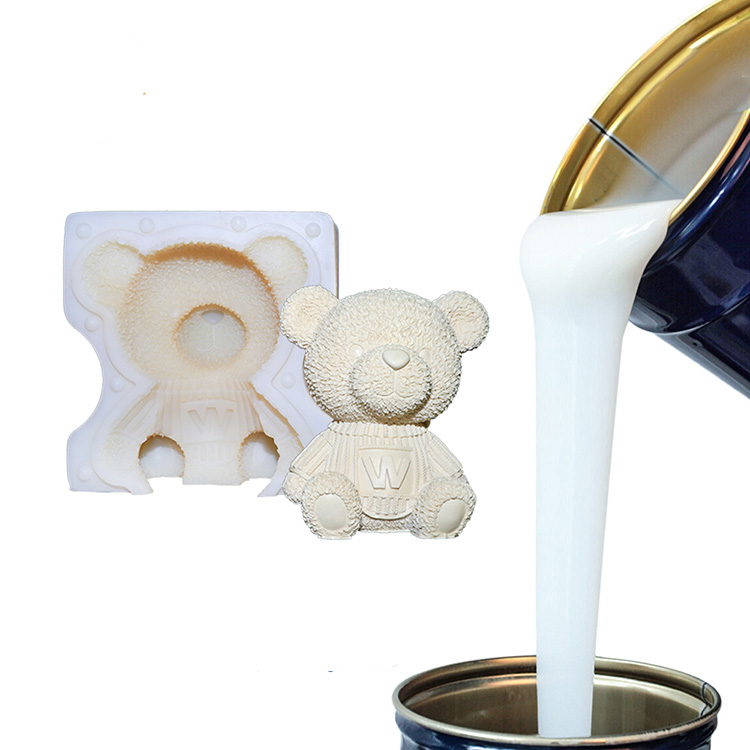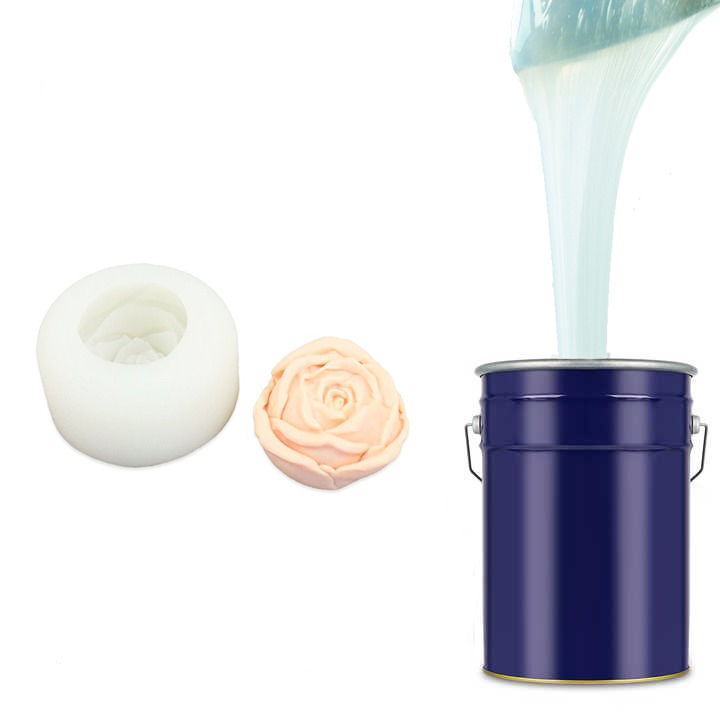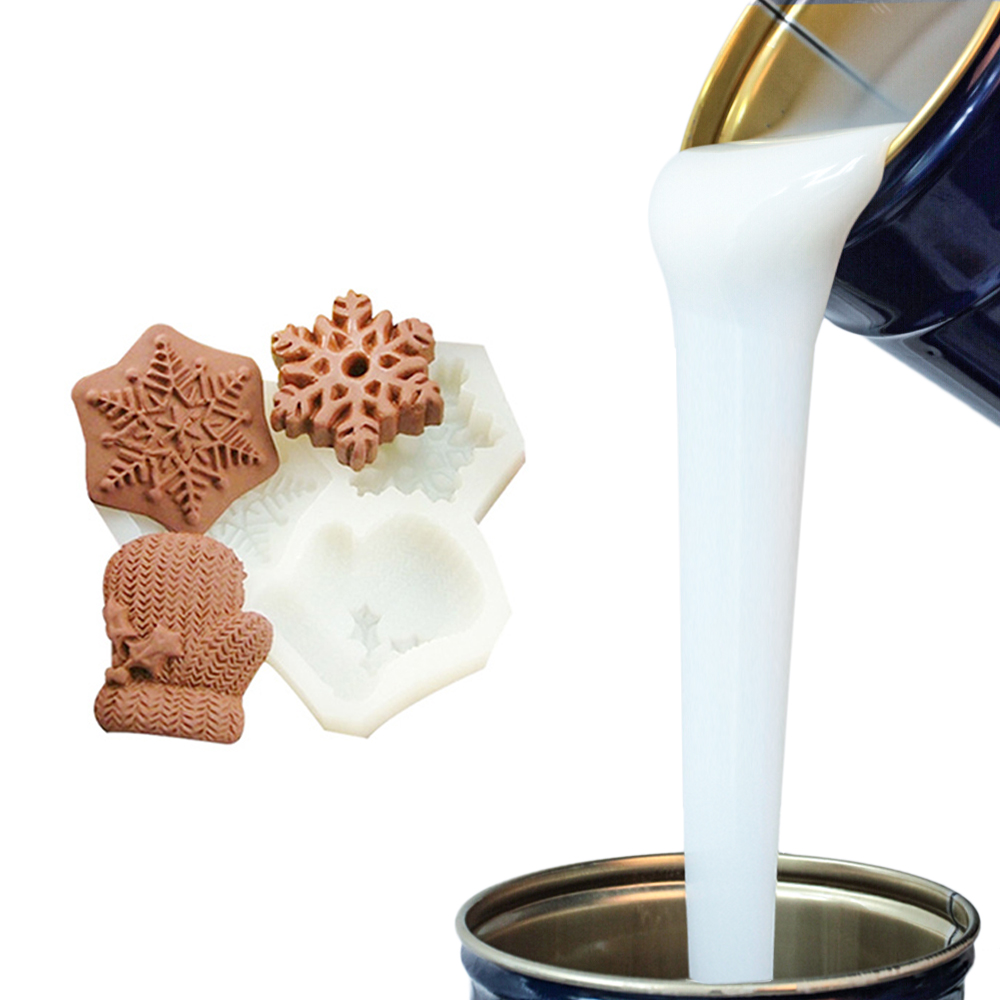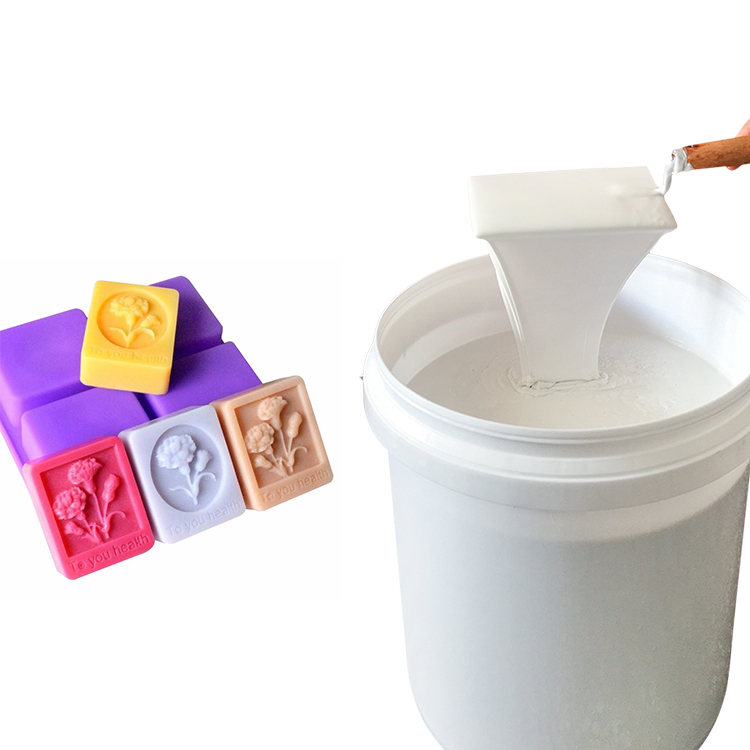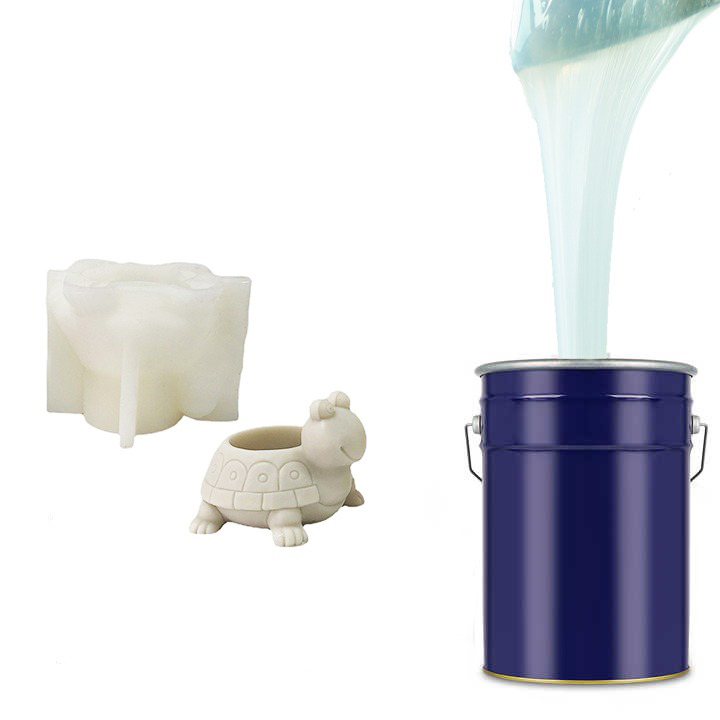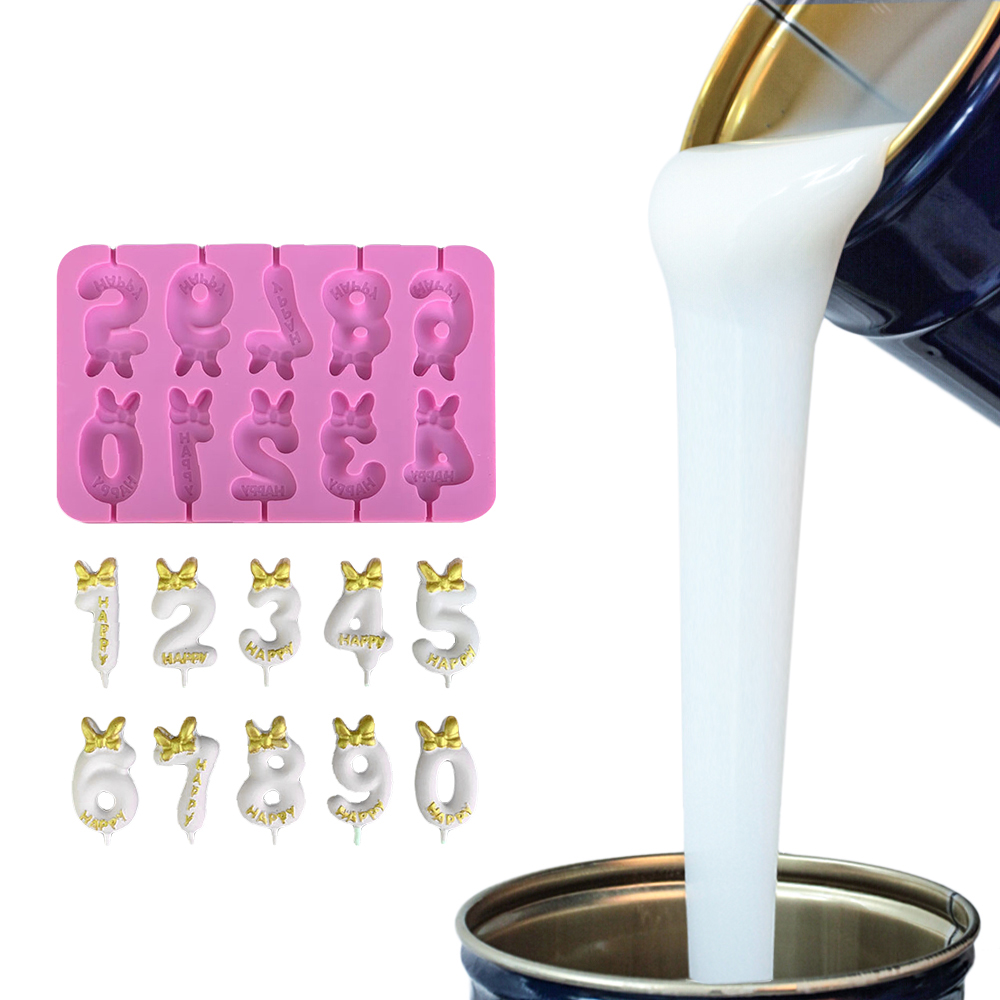The method for rapid demoulding of silicone mold products is as follows
Tip 1. Material selection: Try to choose smooth materials to make the master mold and mold frame. The mold frame can be made of plastic building blocks or acrylic boards.
Tip 2. Spray release agent: Spray release agent on the master mold. Common release agents are water-based, dry, and oil-based. Generally, water-based release agents and resin-based release agents are used to make molds such as cultured stone and concrete. Use dry (also called neutral) release agent, polyurethane type use oil release agent, if a small amount of mold is turned over, you can also use dish soap or soapy water instead.
Tip 3: Open the mold after complete solidification: Since the curing process of liquid silicone is from initial solidification to complete solidification, many people who are trying to turn over the mold open the mold immediately after the initial solidification. At this time, the silicone is not completely solidified and may only be superficially solidified. If the inner layer is not cured, forcing the mold to open at this time will also cause problems with the partially cured mucous membrane. Therefore, it is generally recommended to open the mold after 12 to 24 hours. This can also avoid the trouble of deformation or increased shrinkage of the silicone mold. .
Tip 4: Choose the right silicone: When using liquid silicone to mold transparent epoxy resin handicrafts, you need to choose the right silicone. If you are using condensation liquid silicone and have mold sticking problems, you can put the silicone mold in the oven. Bake the mold at medium temperature (80℃-90℃) for two hours, depending on the size of the silicone mold. Then, wait for the silicone mold to cool and then apply epoxy resin to solve the problem of mold sticking. If you are using an additive liquid mold silicone, the problem of mold sticking is either that the silicone mold or master prototype is not clean enough, or that there is a problem with the quality of the silicone or resin.
Reasons why mold silicone does not solidify
The reasons why the mold silicone does not solidify may be due to the following three points: 1:
The temperature is too low. Liquid silicone will be difficult to solidify below 10°C. This situation generally occurs more in winter. In this case, it can be solved by raising the room temperature to above 20℃.
The hardener ratio is wrong. Generally, the ratio of condensation-type silica gel to curing agent is 100:2. If the ratio of curing agent added is too small, it will cause no curing or difficulty in curing. In addition, the curing agent provided by the manufacturer is generally a weight ratio rather than a volume ratio.
The silicone gel and curing agent are not fully mixed evenly. If the mixture is not stirred evenly, it will generally result in partial solidification and partial non-solidification. Therefore, when stirring, pay attention to the residual silicone on the corners of the container.

